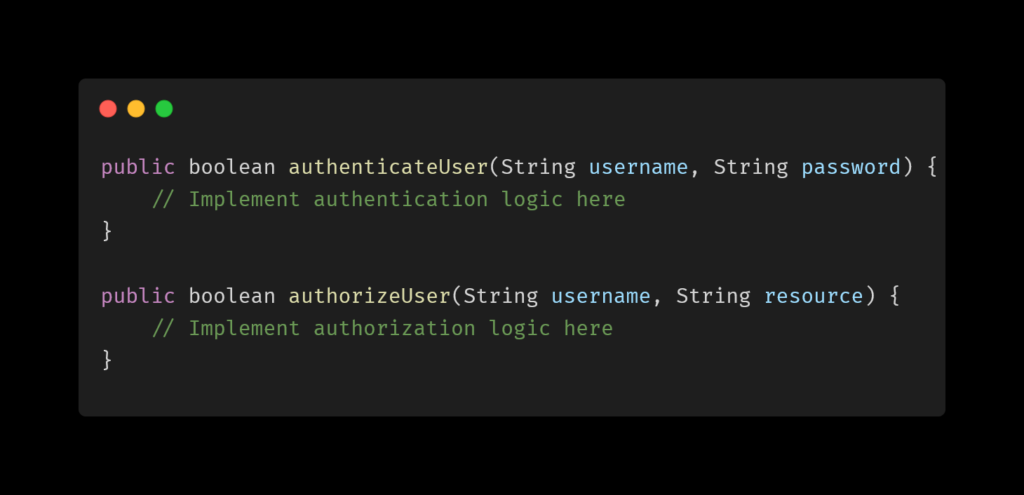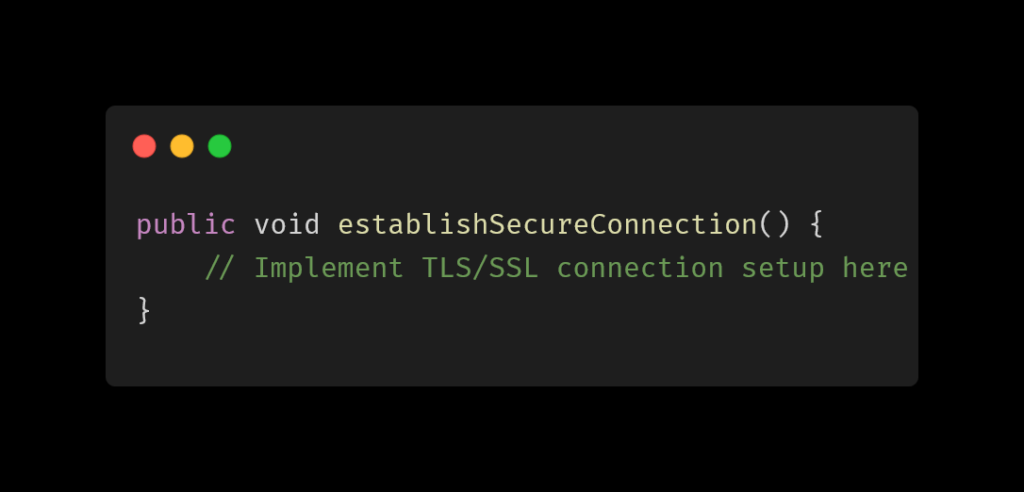In the ever-evolving landscape of cybersecurity threats, ensuring the security of your Java code is paramount. Java, being one of the most widely used programming languages for building applications ranging from enterprise systems to mobile apps and web services, attracts the attention of both developers and hackers alike. Therefore, adopting robust security practices is essential to protect your code from vulnerabilities and potential attacks.
Understanding the Java Security Model
Java boasts a robust security model built around the concept of a sandbox environment. The Java Virtual Machine (JVM) executes Java bytecode within a secure sandbox, restricting access to system resources and preventing unauthorized actions. However, this model is not foolproof, and developers must complement it with additional security measures to safeguard their applications.
Implementing Input Validation
One of the fundamental principles of secure coding is input validation. Unvalidated user inputs can lead to various security vulnerabilities, including SQL injection, cross-site scripting (XSS), and command injection. By validating and sanitizing inputs, developers can prevent these attacks effectively.

Enforcing Authentication and Authorization
Authentication and authorization mechanisms play a crucial role in controlling access to resources within an application. Implementing strong authentication methods such as multi-factor authentication (MFA) and enforcing proper authorization checks based on roles and permissions help mitigate unauthorized access attempts.

Securing Communication Channels
Securing communication channels is essential to protect data transmitted over networks. Transport Layer Security (TLS) and Secure Sockets Layer (SSL) provide encryption and authentication mechanisms to ensure secure communication between clients and servers.

Regular Patching and Updates
Keeping your Java runtime environment and libraries up-to-date is crucial for addressing known vulnerabilities and security patches. Regularly monitoring security advisories and applying updates promptly helps mitigate the risk of exploitation by attackers.
Conclusion
In conclusion, safeguarding your Java code against security threats requires a proactive approach that encompasses various security best practices. By implementing input validation, enforcing authentication and authorization, securing communication channels, and staying vigilant with updates and patches, developers can significantly enhance the security posture of their Java applications. Remember, security is not a one-time effort but an ongoing process that demands continuous attention and adaptation to emerging threats. Stay informed, stay vigilant, and keep your code protected.






